Share
Photo Editors Weigh In: 7 Tips on How to Stand Out
We all know that as photographers, creating your best work is paramount. But learning how to curate and showcase it effectively is what will help y...
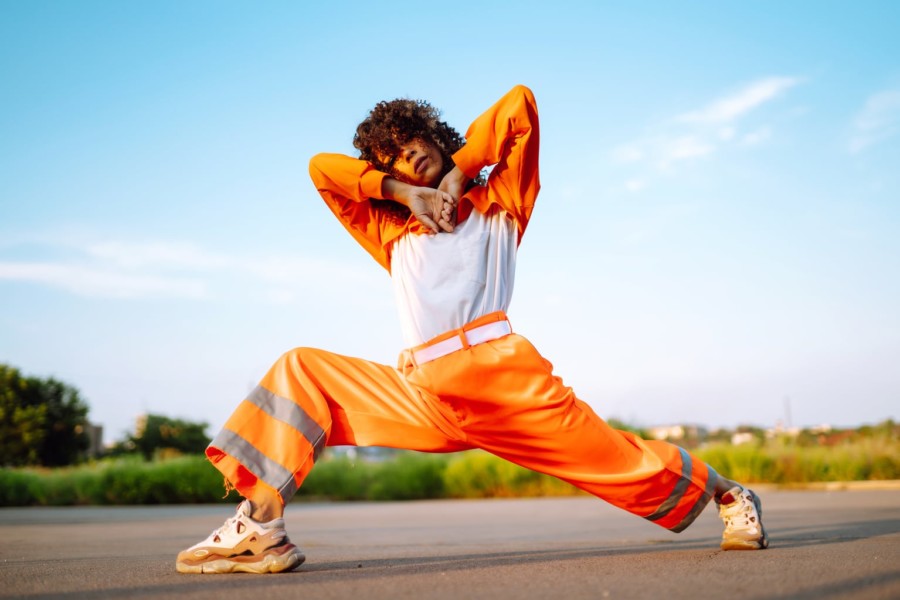
We all know that as photographers, creating your best work is paramount. But learning how to curate and showcase it effectively is what will help you book exciting jobs, secure contracts and take your career to the next level.
Recently we spoke with photo editors Sarah Jacobs and Tracey Woods to learn about their personal journeys and how freelancers can catch the eye of photo editors. Even with a wide range of professional experience—the two have worked for an impressive list of publications: Business Insider, Universal Music, ONE37pm, iHeartRadio, The Luupe and Essence Communications—themes emerged.
Their top takeaways? Present a cohesive portfolio. Be sure to always show your best work first and keep it to no more than 20 images. Put your contact information in as many obvious places as possible. Make yourself easy to get in touch with and respond in a timely manner. Plus, if you’re easy to contact and work with, you’re more likely to get booked again or have your information passed along to another editor.
Read on for more insights about what catches their attention and what changes you can make to have a bigger impact.
-
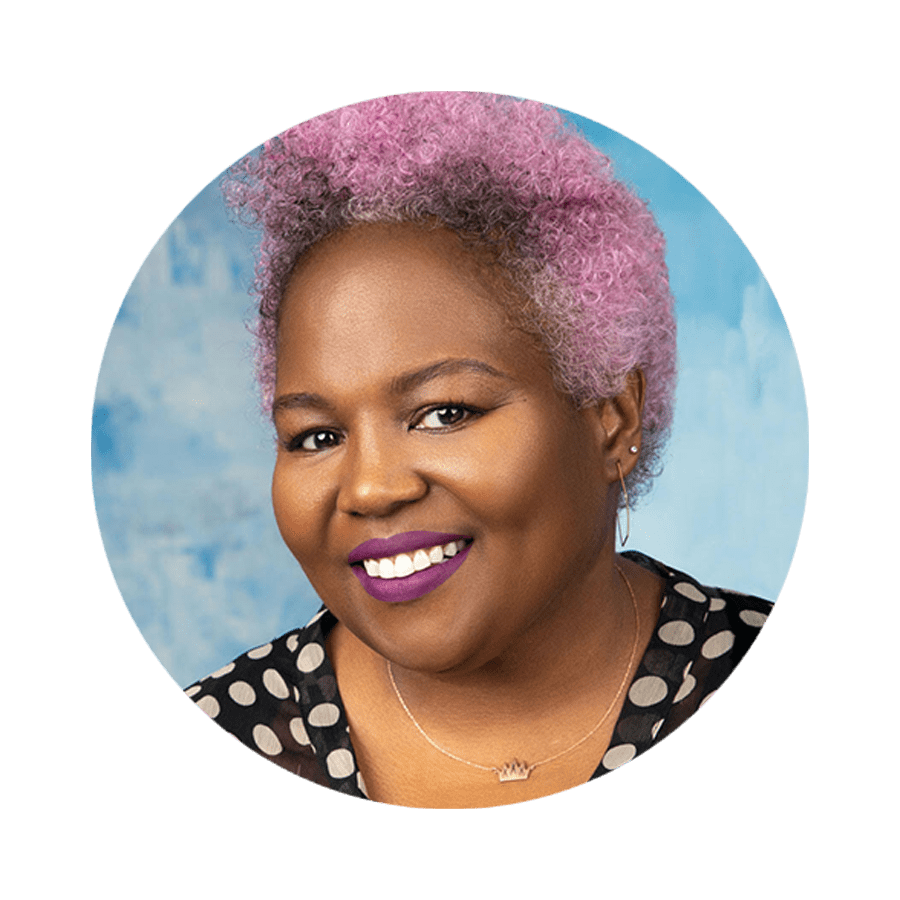
Tracey Woods, Photo Director & Producer -

Sarah Jacobs, Photo Editor & Photographer
1. Consistency is key
Both Tracey and Sarah kept coming back to one major theme: consistency. Whether it’s on social media, in your portfolio or on the homepage of your site, showcase a collection of images that clearly demonstrates how you can make the perfect photo every time.
Tracey recommends taking a detailed look at your portfolio and “if you feel like it’s all over the place, then it is.” She noted that editors want to see that you can consistently create exceptional images. That said, don’t be afraid to demonstrate the range of your skills and techniques. Sarah noted that photographers need to “show a dynamic range within that consistency.” Editors don’t want to see 10 images from the same angle – so mix it up a little.
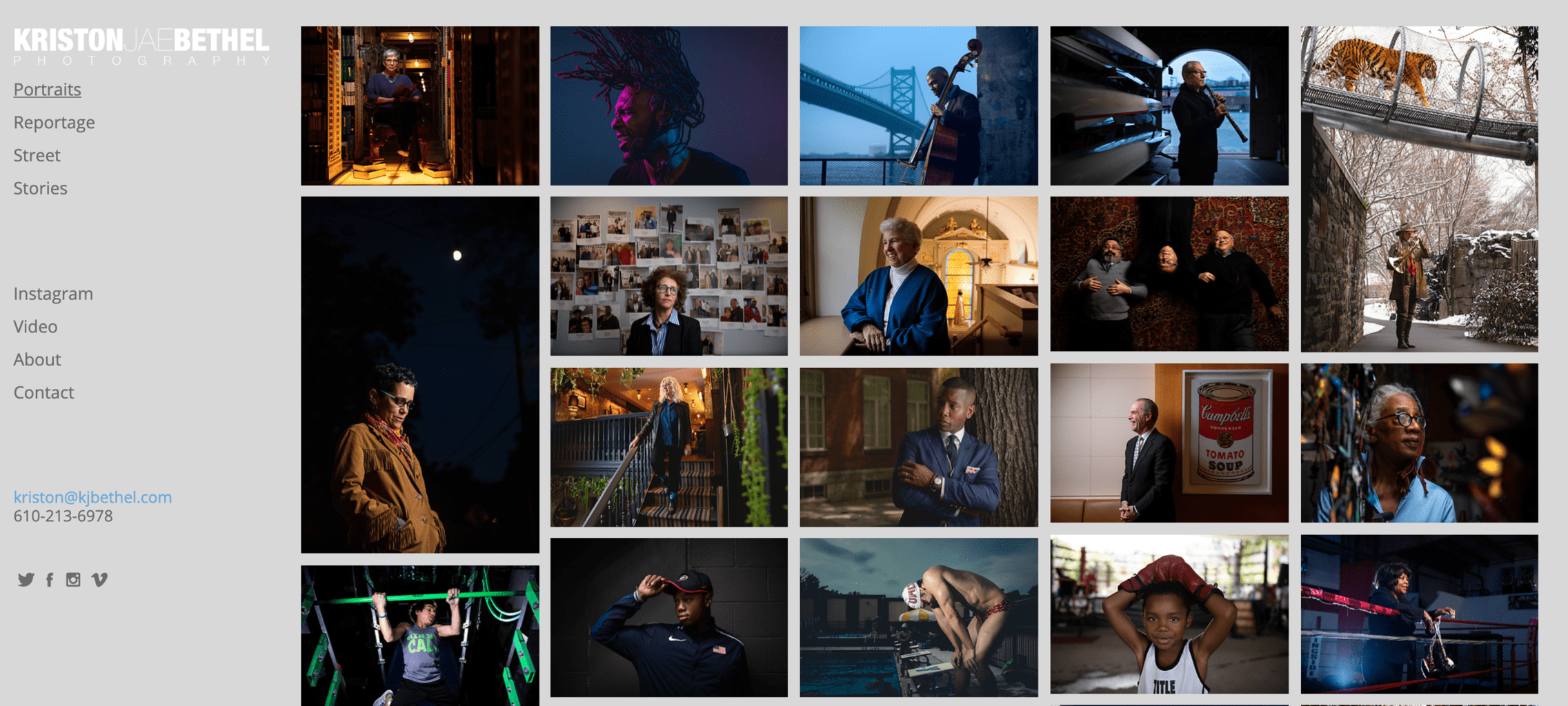
2. Put your best images first
As an editor, time is money. Tracey candidly shared, “You really have maybe 5 seconds to grab someone’s attention.” She explains it’s crucial to “always have your best, strongest image first.” A great image makes an editor pause and look deeper into your portfolio. Make the best first impression possible.
Sarah echoed these sentiments. “You definitely want to be showcasing your very best work upfront.” If you’re hoping to grab the attention of a photo editor, you need to make sure you’re always putting your best foot forward.
Many of us have trouble separating our favorite images from the ones that are truly our best work, and Tracey recommends finding a community of visually minded people you can count on to objectively review your photos. They don’t necessarily have to be photographers themselves, but they should be others working in visual fields. Don’t hesitate to share your new work with them and ask what images they find the strongest. The results may surprise you.
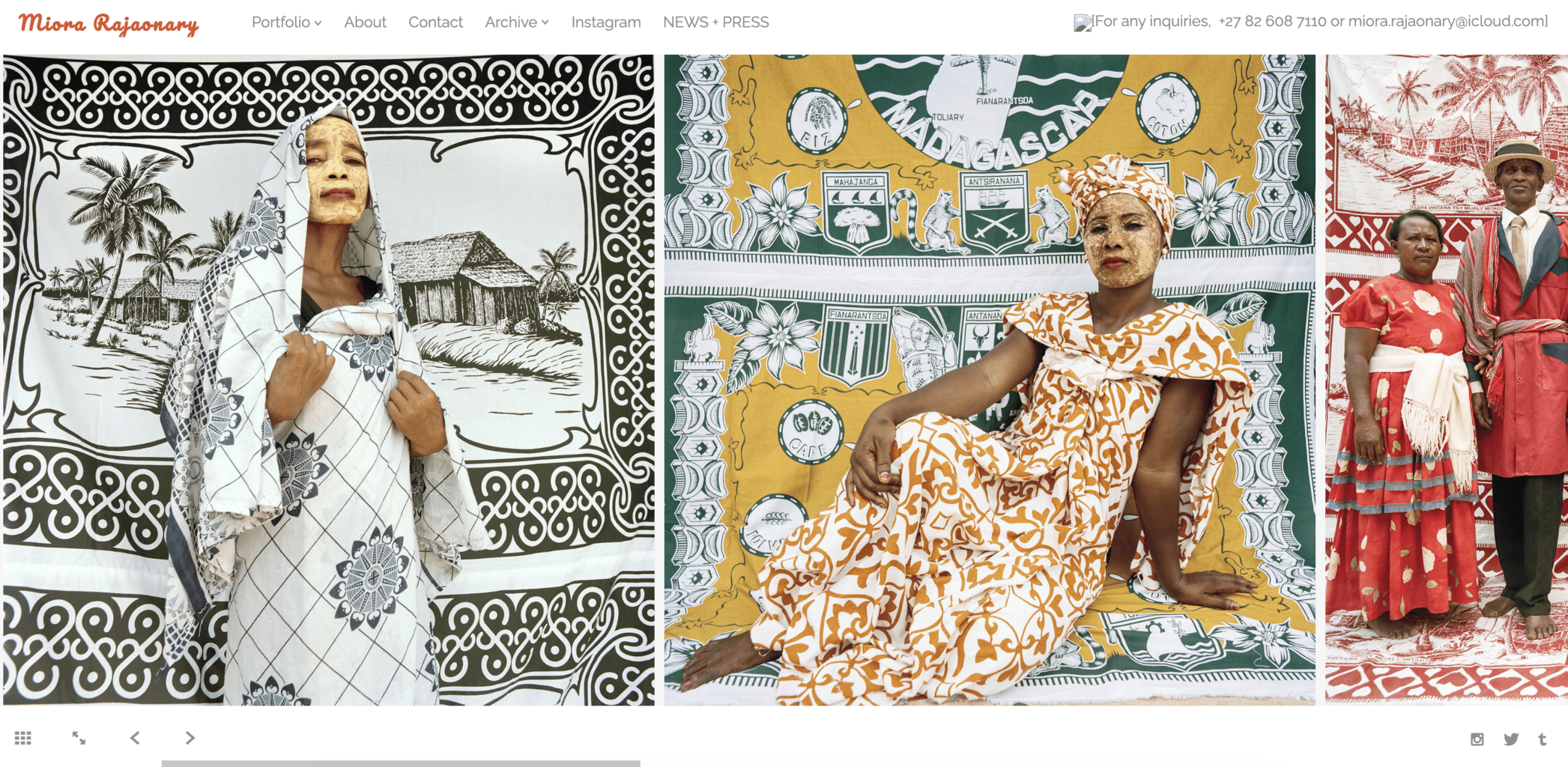
3. Leave a trail of breadcrumbs
Photo editors can’t book you for a job if you’re not on their radar in the first place. You need to establish a digital trail they can follow to get to your site. Sarah believes keeping a consistent presence on social media is the best way to make this happen:
Every new post on social is like a bread crumb that can lead me as a photo editor to your website, to your portfolio.
Sarah Jacobs
Actively posting on social shows that you’re working, and more importantly, shows that you’re available for hire. Sarah has “relied on Instagram to find new talent constantly,” but also noted the importance of other platforms like Twitter. “The great thing about Twitter is that, unlike on Instagram, your tweet that can include some of your work can pop up into somebody’s feed that isn’t necessarily following you.”
4. Keep your portfolio fresh
It’s extremely important to keep your portfolio updated. “Photo reps, when they’re pushing you to commercial clients, they want to always see new work,” says Tracey. However, including new images means you need to pull out some old ones to make space. Like adding a new piece of clothing to your wardrobe, you’ve got to take out older work that may not be your strongest. Set a goal for yourself, and every 6 months or even once a year, make sure you’re “trimming the fat but keeping it consistent,” explains Tracey.
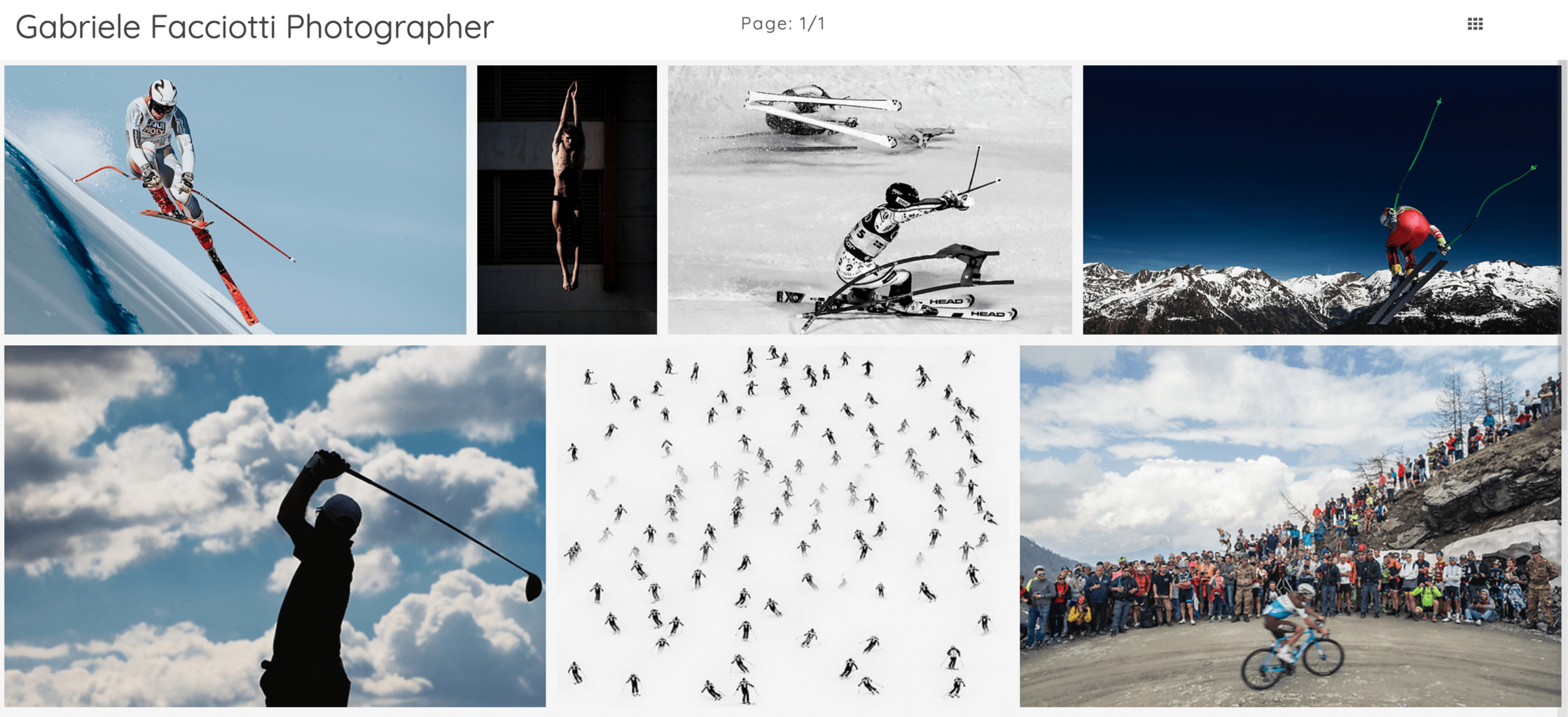
5. You really need a website
Tracey makes this case pretty clearly. “For those without a website, how will anyone find you?”
When choosing a template or website design, it’s important to remember that not all websites are created equal. Sarah highlighted a few of the key components for any effective website. Be sure your site isn’t complicated. “It should be really easy to just see your best work,” explained Sarah.
Editors also need to know where you’re located. Sarah recommends including your location on both the homepage and the “about” sections of your site. If you’re in a remote location, be sure to also include the nearest metropolitan area you can or would be willing to travel to for work. And of course, don’t forget to include your email address and phone number!
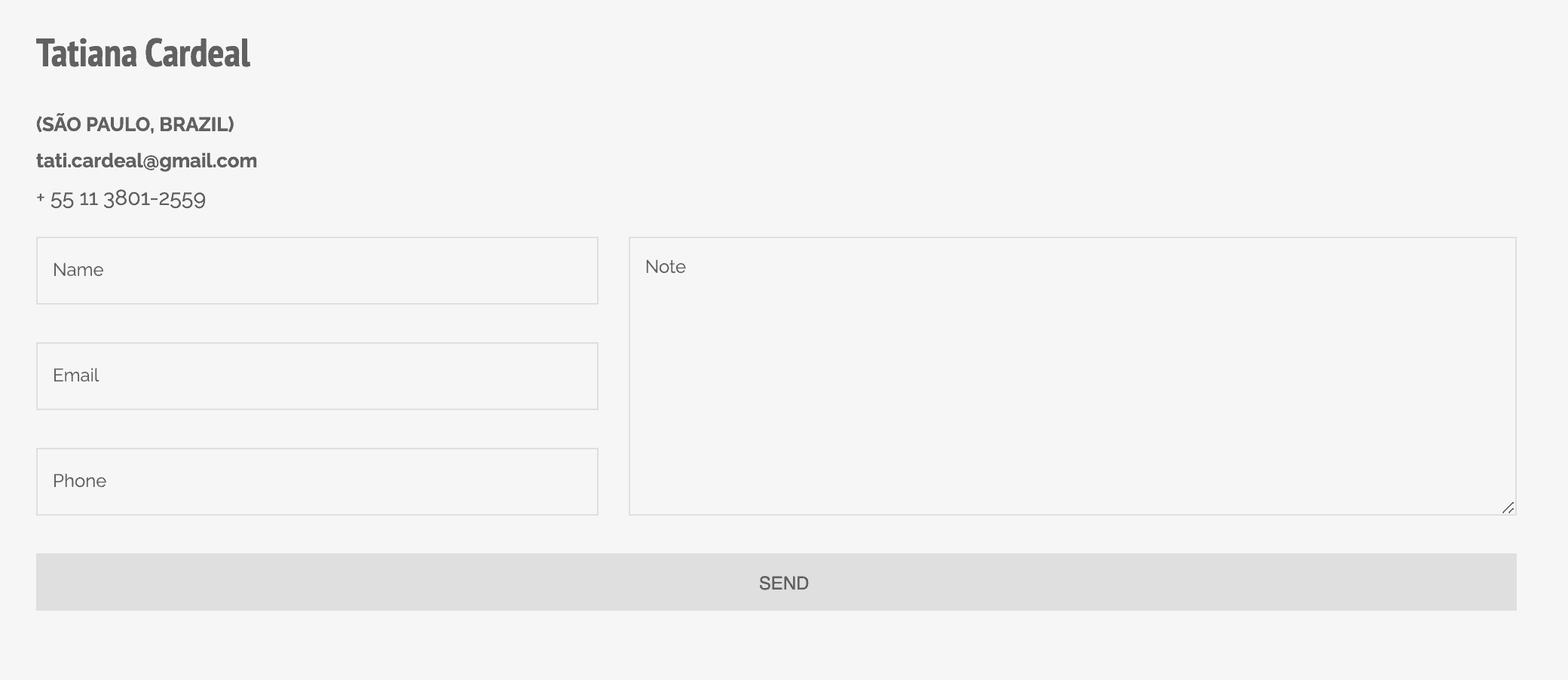

6. Show your personality
Make it a point to show off your unique perspective and personality within your portfolio and your site. “Photo editors kind of operate a little bit like matchmakers without the romantic component,” Sarah told us. Editors want to know a little bit about you so they can be sure that you can deliver the type of work they’re looking for.
Tracey always has her eye out for unique perspectives:
You should have your own point of view and style.
Make sure your style shines through in your portfolio and website. But as always, don’t forget to have consistent elements or themes.
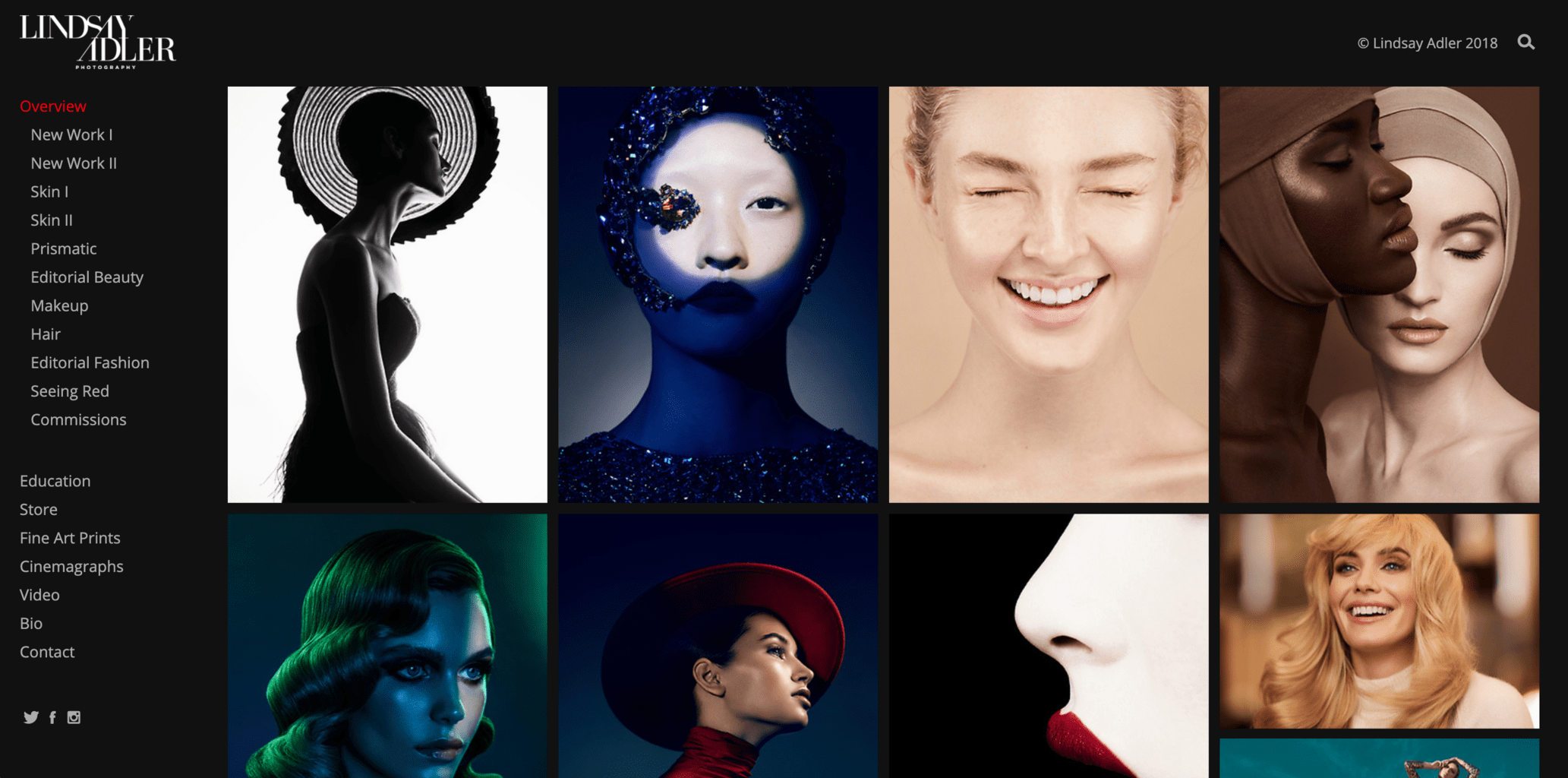
7. Craft the perfect pitch
So you’ve done it all. You’ve consulted with your creative network, tightened up your portfolio, updated your website and social media accounts all the while keeping in mind consistency. Now, you’re finally ready to reach out and pitch to photo editors directly. Sarah highlighted two distinct strategies for getting your work in front of editors: a general introduction and a specific pitch.
In a general intro email, contact an editor and let them know who you are, where you’re based and what kind of work you do. With this approach you’ll get on their radar and/or added to their contact list for upcoming projects that need your unique skill set.
On the flip side, there’s the dedicated strategic email pitch. Doing your research is hugely important here. It has the power to demonstrate why you’re a good fit for the project. Sarah stresses double or triple-checking that you’re reaching out to the right editor. Get their name right, proofread intensely, keep your email short and tell a unique story.
Both Tracey and Sarah say it’s important to stay consistent and not give up even if you don’t always get replies. Emails get saved for future projects. Your name and photographic style start to become familiar. Photo editors are busy but your hard work will pay off. If you continue to follow these tips and highlight your best work, you’ll be well on your way to catching their eye for the next big project.
Have any other advice on how to catch the eye of photo editors? Leave it in the comments below or tweet @photoshelter! To hear more from Sarah, listen to our podcast Vision Slightly Blurred, which she co-hosts with our Co-founder and Chairman Allen Murabayashi.


